Growing Ornamental Edible Beets (Beta vulgaris)
Beets are one of my favorite ornamental edible plants. They make excellent ground covers, beautiful container plants, and of course, brilliant living wall gardens. Incredibly easy to grow from seed or vegetative plant, it was one of my first suggestions as an annual plant that crosses over to the ornamental edible category of plant growing in one of my latest books, the Indiana Getting Started Garden Guide. Below is a page from my book that addresses ornamental edible beets and how to grow them.
- Beet Botanical Name – Beta vulgaris
- Bloom Period and Seasonal Colors – Grown for its green or burgundy leaf color all season.
- Mature Height x Spread – 4 to 12 inches X 2 to 8 inches
- Botanical Pronunciation – BAY-tah VOOL-gah-rus
- Added Benefits – Edible
- Sun Requirements – Sun, Part Sun, Part Shade
Years ago I was searching for a burgundy-leaved annual when I came across a six-pack of ‘Bull’s blood’ at a local nursery. I snatched it up and planted it in my containers that year as a tall center balance to white-flowered bacopa in my window boxes. From that point on I was addicted to this ornamental edible, which can be harvested for its flavorful leaf, and then again at the end of the season can be pulled up and eaten for its root. Versatile, heat and cold tolerant, colorful, nutritious, and an excellent design filler; beets are a perfect ornamental edible and can easily be incorporated into a garden design. Vitamins found in beets include iron, calcium, vitamins B6, B12, C, and magnesium.
When, Where, and How to Plant – Beets can be planted anytime after the first frost and are exceptionally cold hardy, so can be planted and harvested on into early fall. While transplants work fine, it is also very easy to grow from seed. Loosely cover the seeds with 1/2 inch of soil. Plants should be placed in well-drained soil that is richly amended with rotted manure or compost.
Growing Tips – By and large, beets prefer cool weather and will seem to pause in their growth mid-summer, but will stay fresh-looking as long as they are watered consistently. Beets like consistent and even moisture. Mulching enables better moisture retention and protects against weeds. If beets try to bolt, simply cut off the flowering stem at the base of the plant. Fertilize with an organic time-release fertilizer at the time of planting.
Advice and Care – Plants are typically problem-free, but can be attacked by aphids and other pests. Treat the pests organically by spraying with soapy water or picking them off. Beetroots can get tough and woody if left too long in the soil midsummer. If you grow the plant for the root, be sure to pull out midsummer and replant. However, if you are growing as an ornamental for the leaf, feel free to leave the plant in all summer.
Companion Planting and Design – Ornamental Edible beets, specifically ‘Bull’s Blood’ with its powerful burgundy leaf and stem looks pretty when planted with gerbera daisy for a spectacular contrast. Zinnia, petunia, and bacopa look wonderful with beets in window boxes and containers. White stemmed Swiss chard looks fantastic behind a row of burgundy stemmed beets. Excellent mixed in with herbs, lobelia, and blue-hued kale in containers.
Try These – ‘Bull’s Blood’ is the most colorful ornamental edible beet on the market with flavorful, fade-proof, deep burgundy leaves and stems that flourish from spring until fall. ‘Cylindra’ has red stems that resemble Swiss chard. ‘Touchstone Gold’ has golden stems and a bright-colored green leaf. ‘Merlin’ is a smaller variety with a purple stem and bright green leaf. If you need more ideas on how to grow all types of plants in the Midwest, please pick up one of my latest books, the Indiana Getting Started Garden Guide online or at a book store.
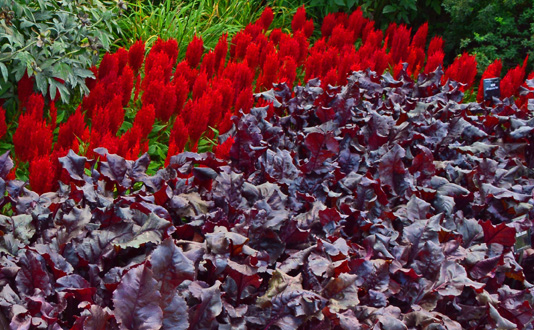
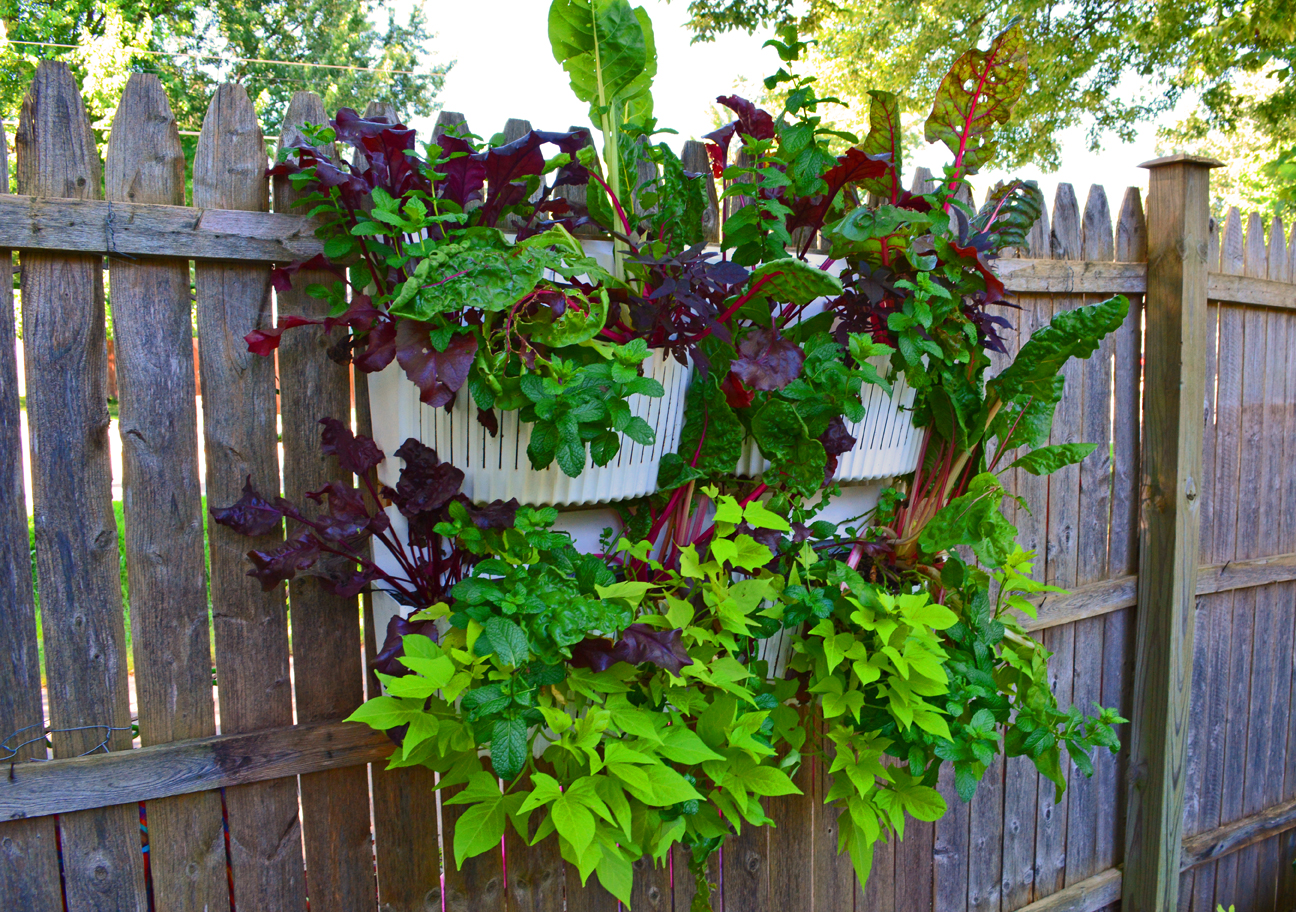
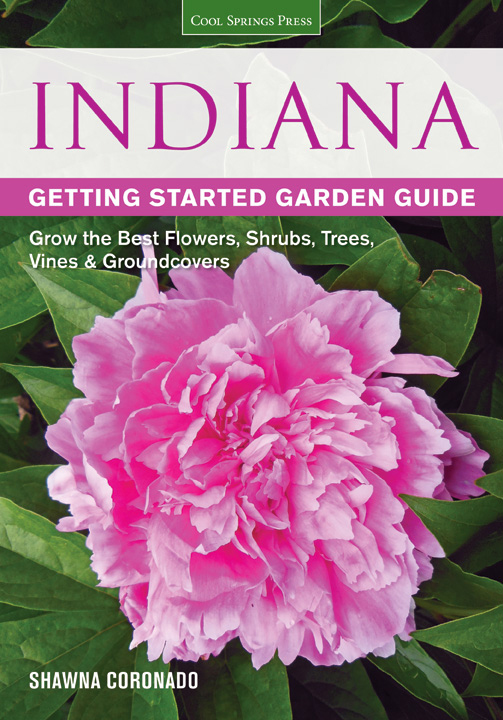

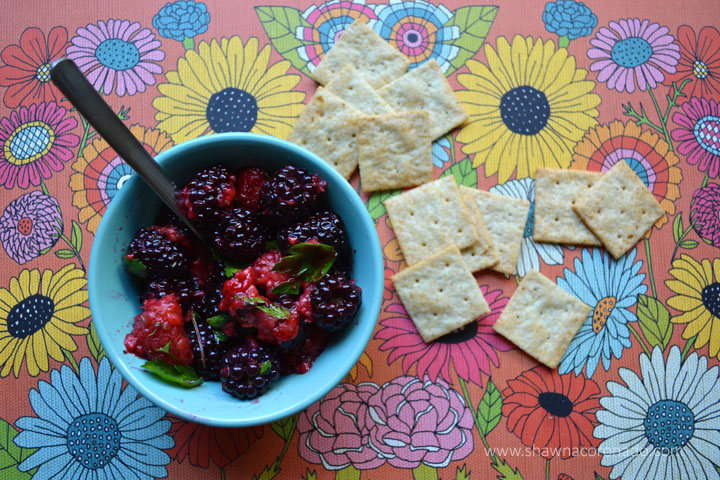
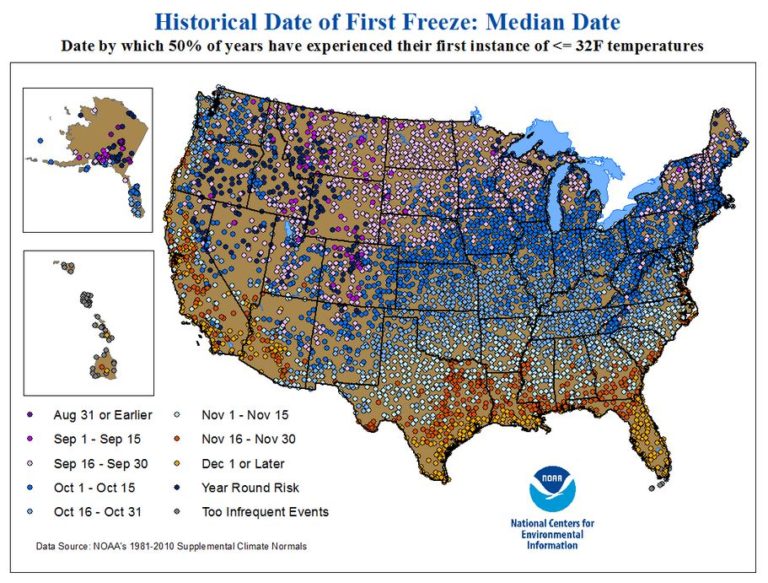
Beet issues are ordinarily at the very least because of the reality of enduring lower temperatures, yet in hotter atmospheres, there is a bug that assaults its clears out. You can collect your beets’ green leaves for a garden plate of mixed greens and at a later date reap the root for a delicious vegetable.